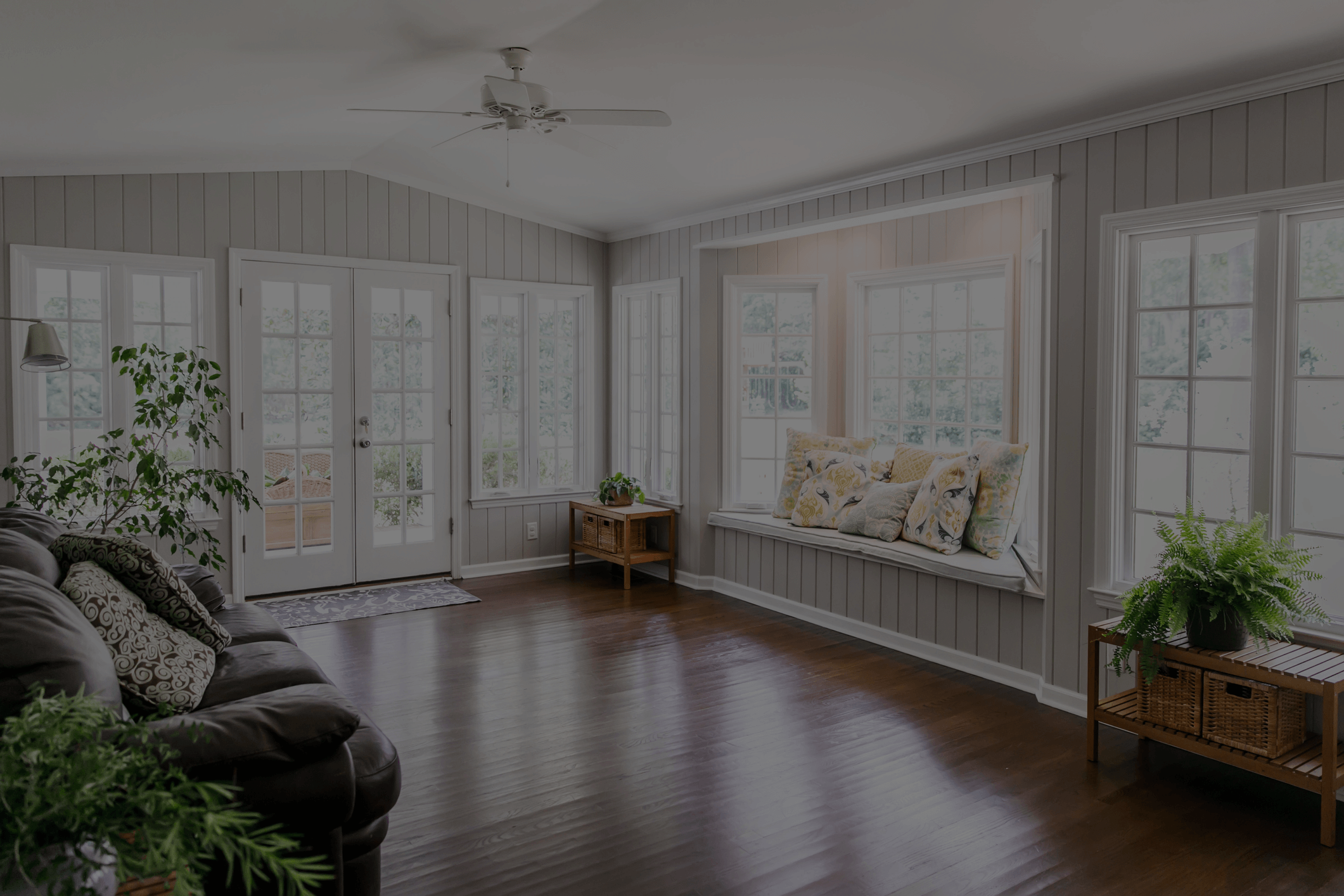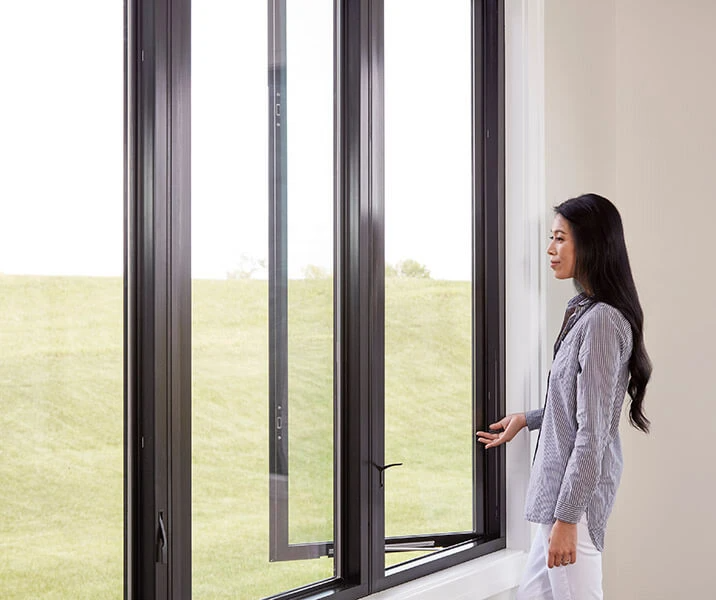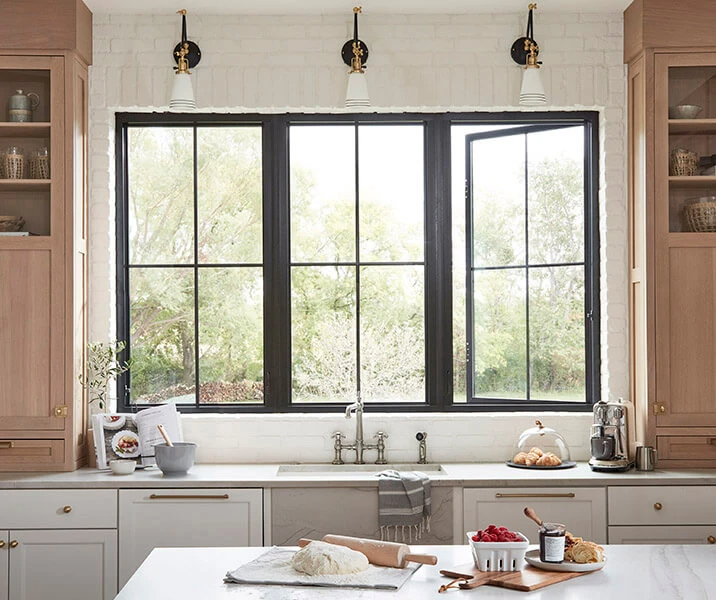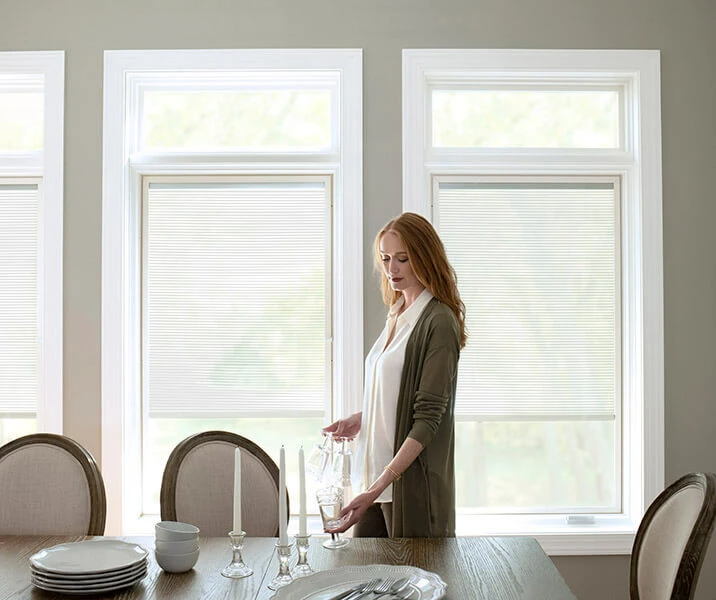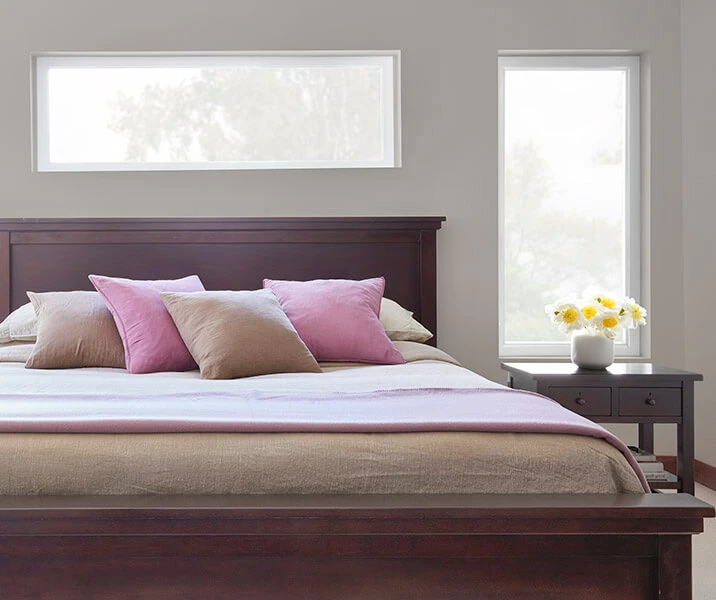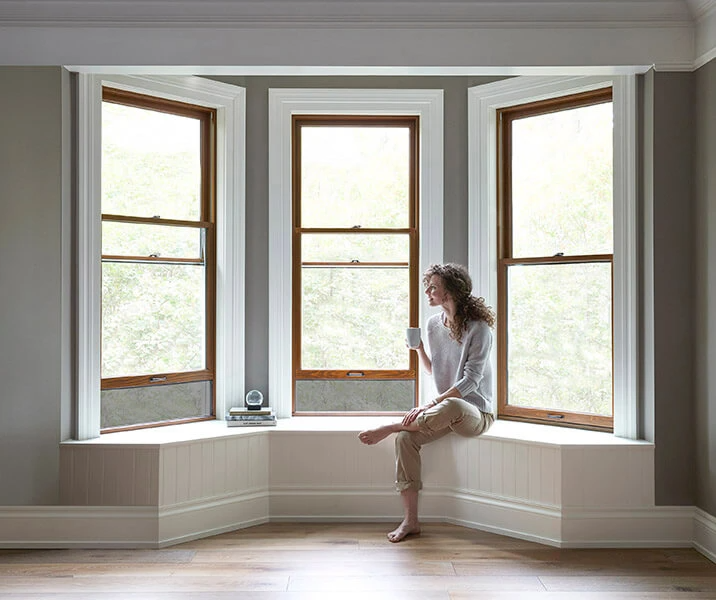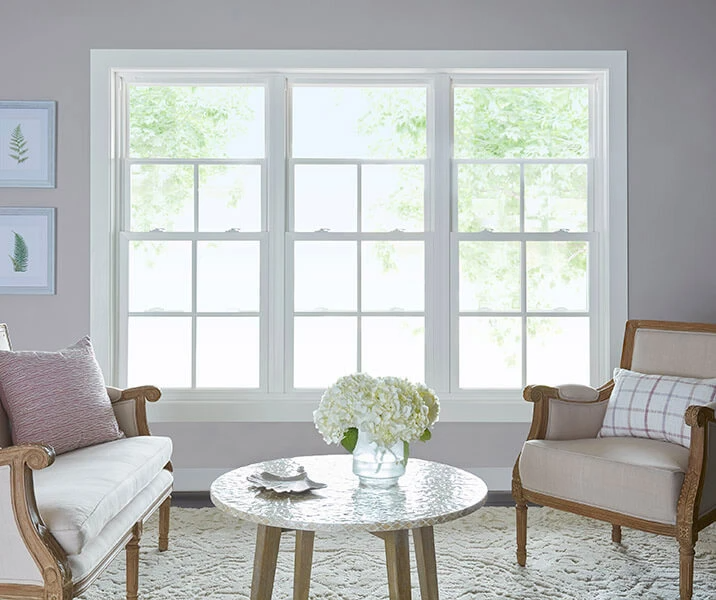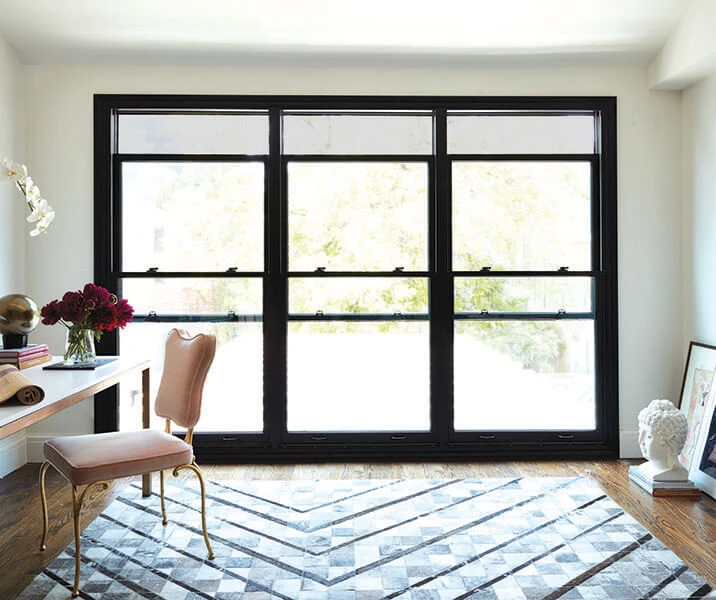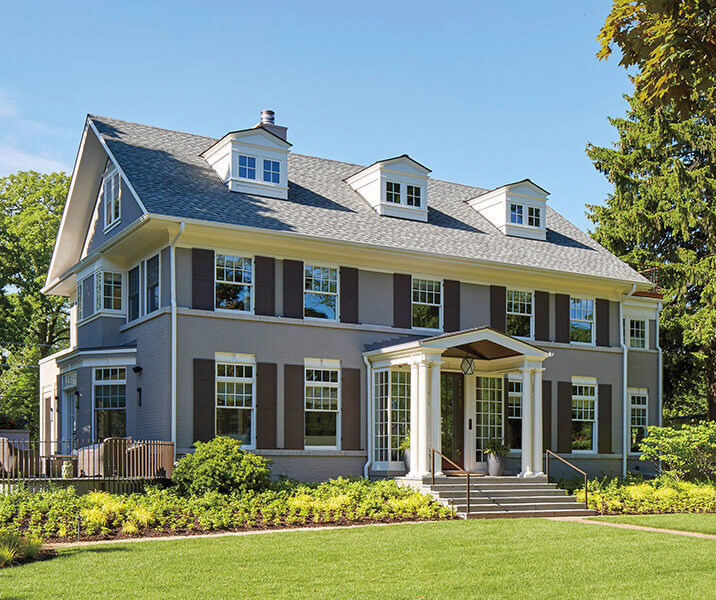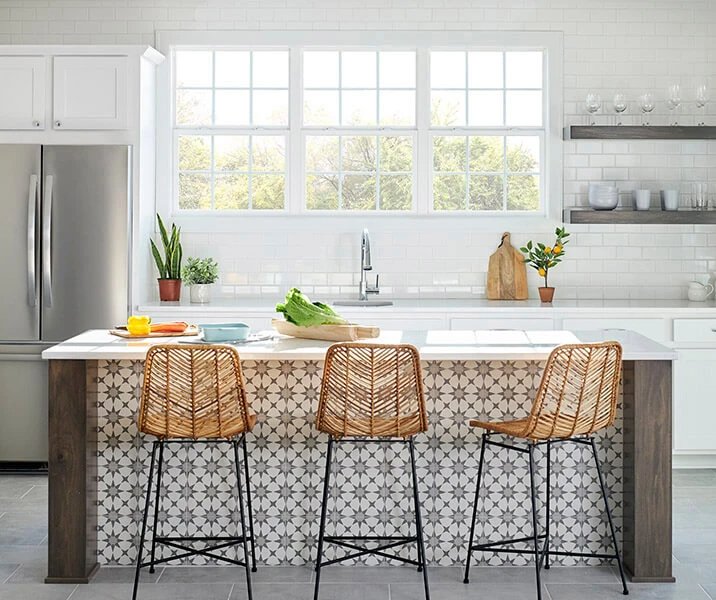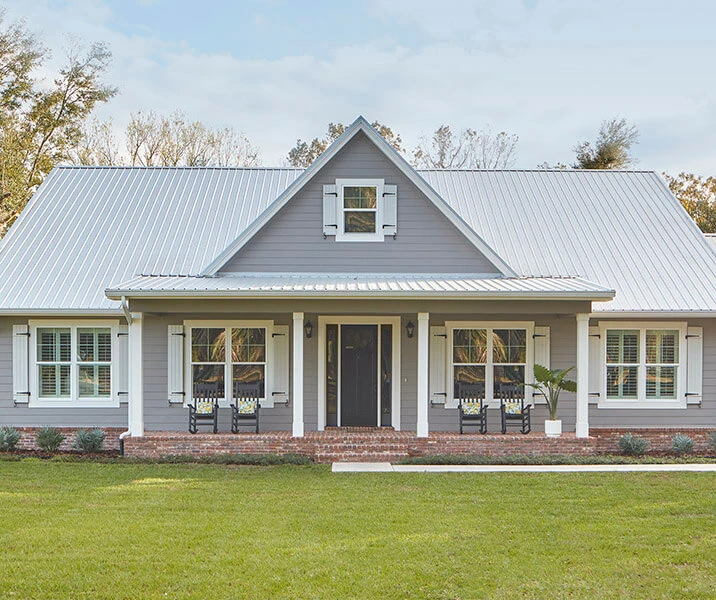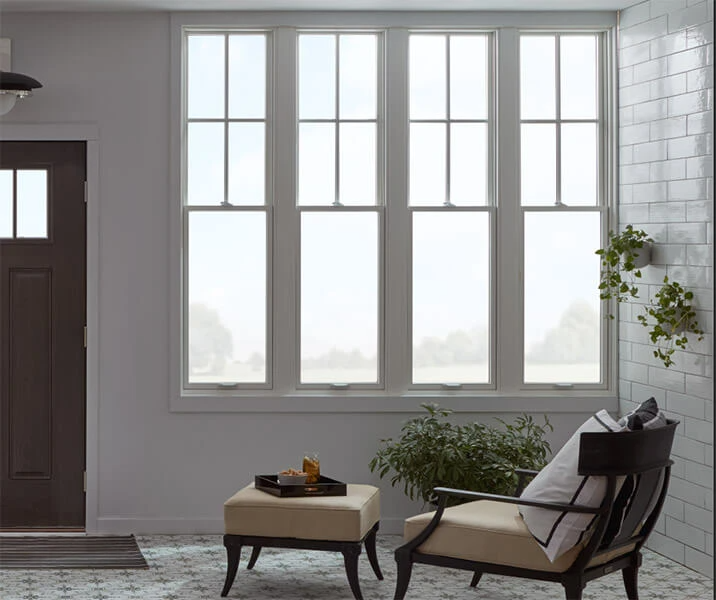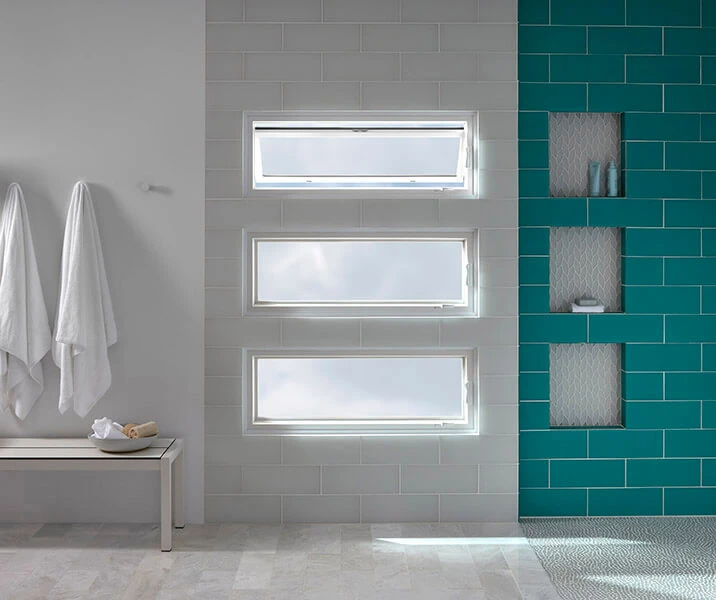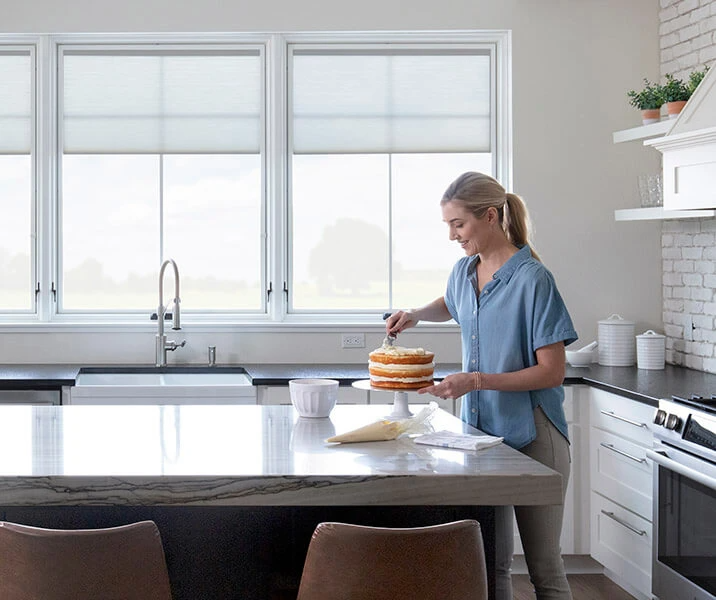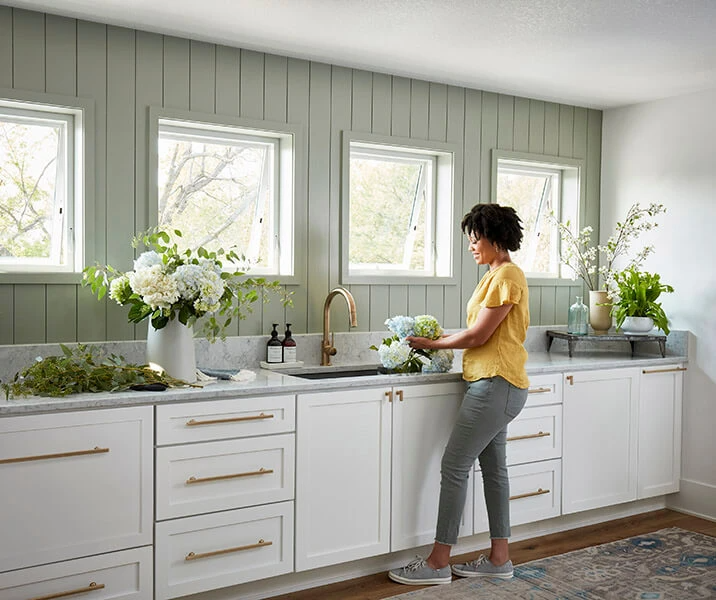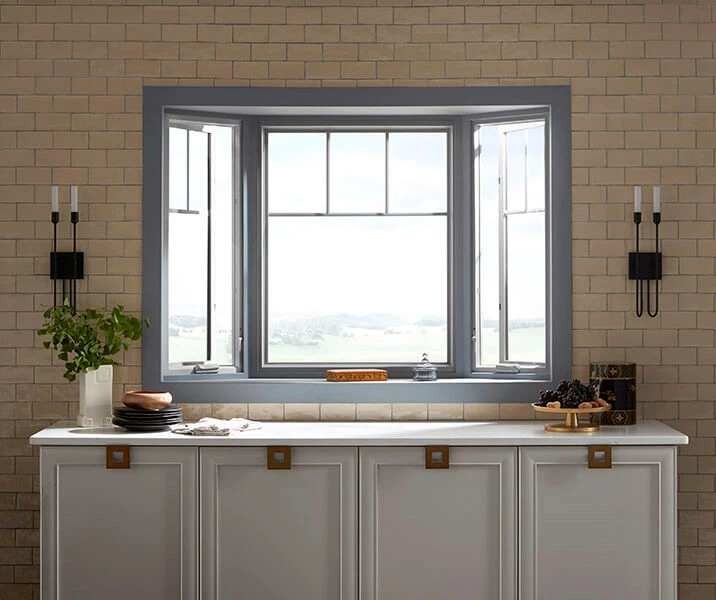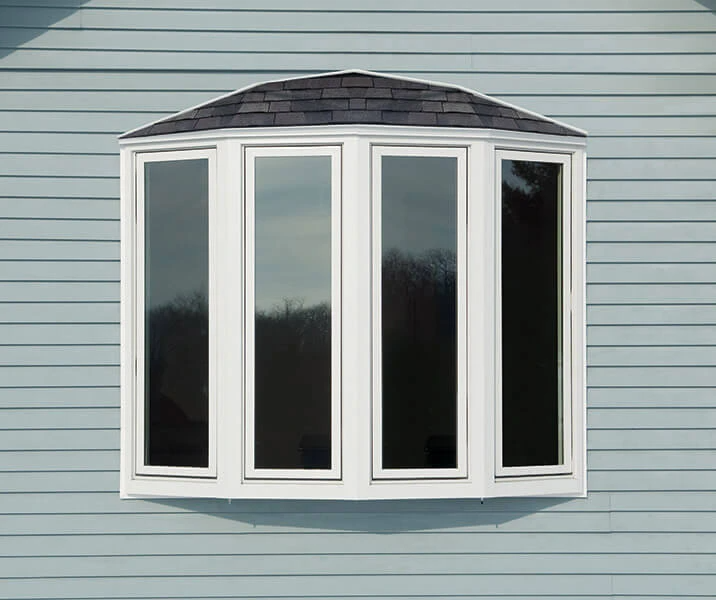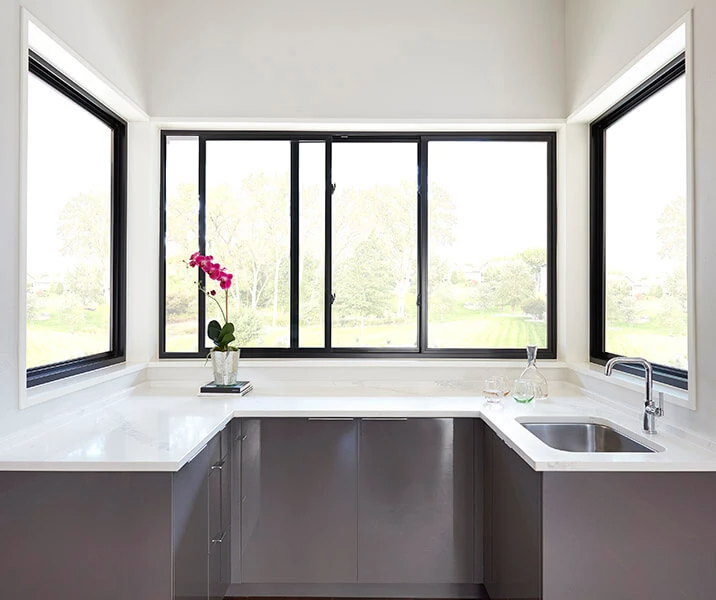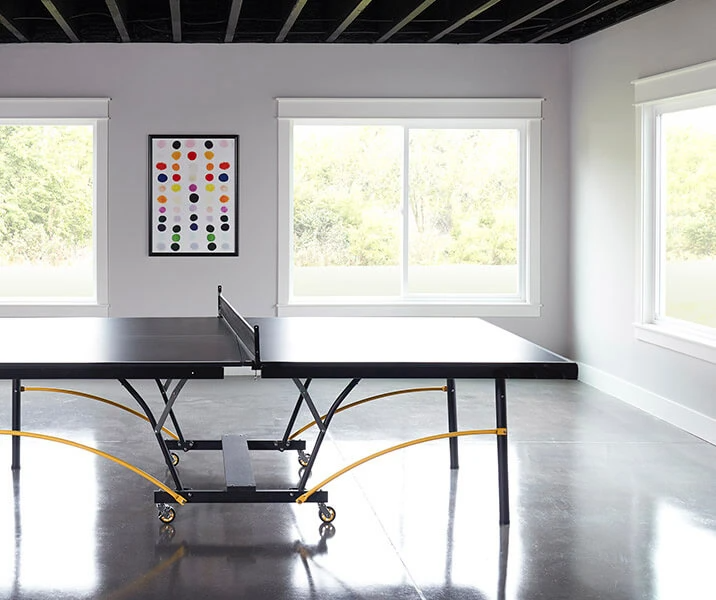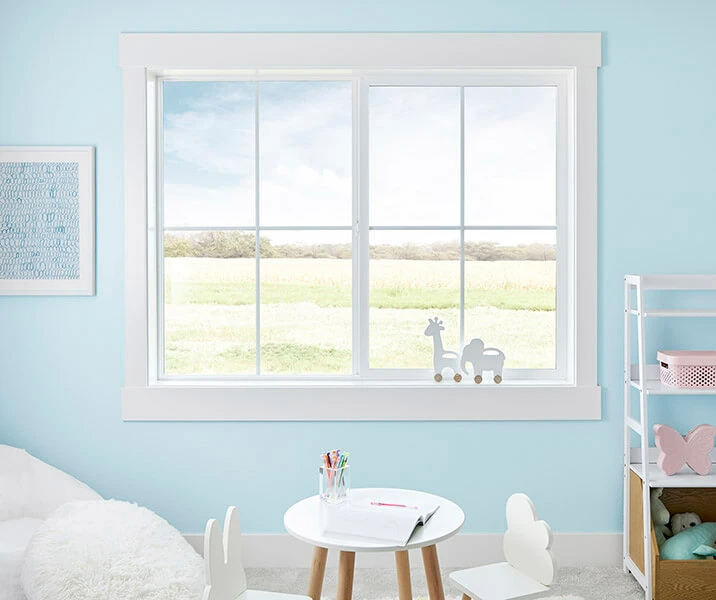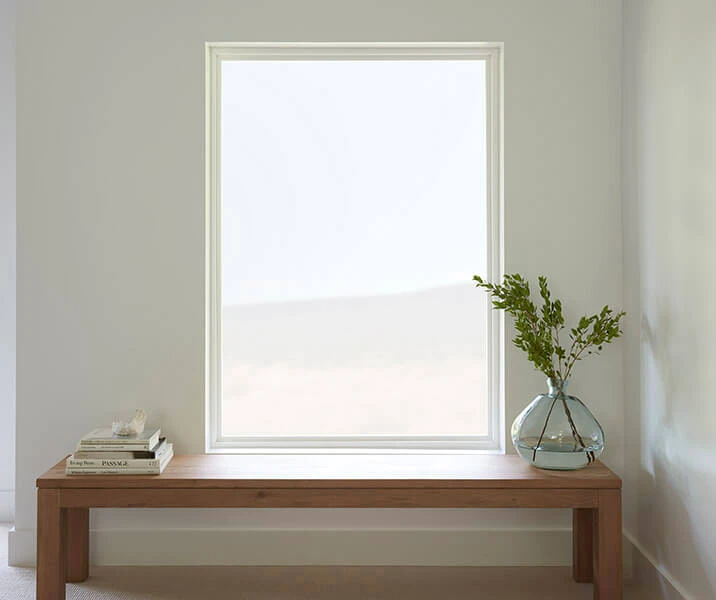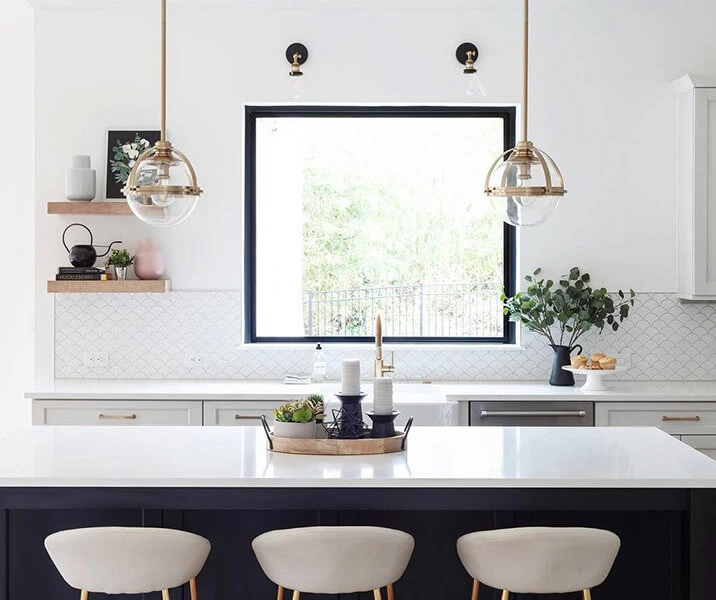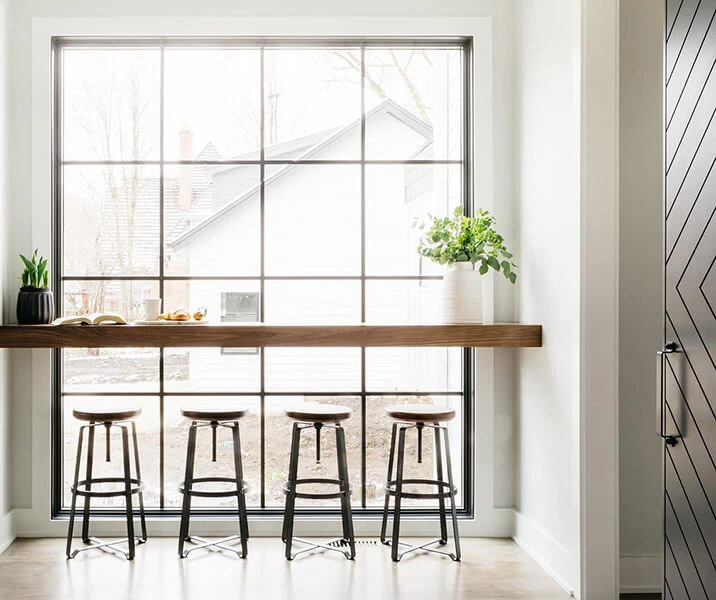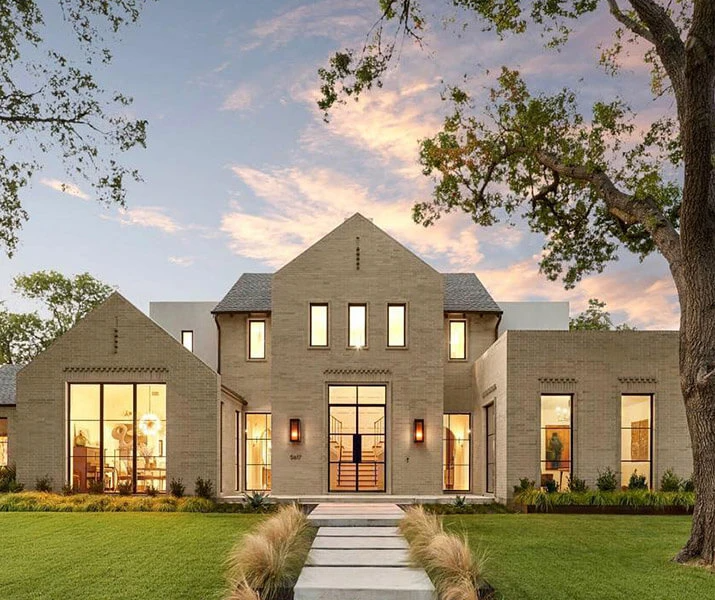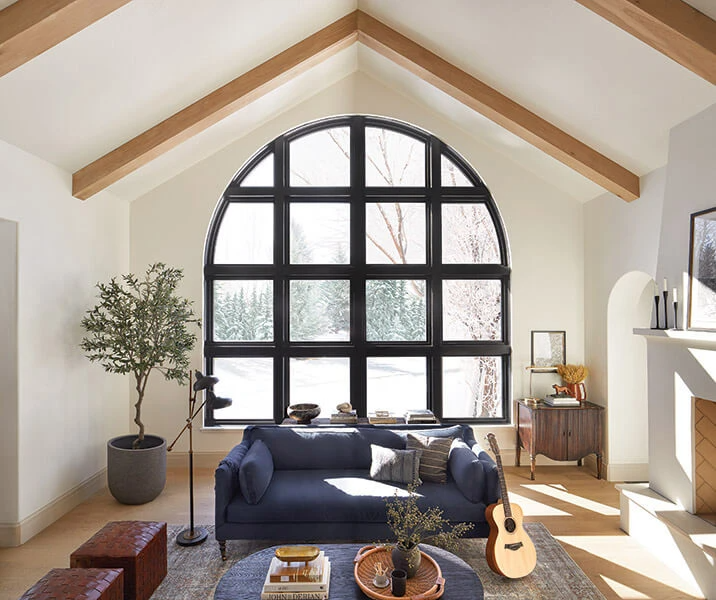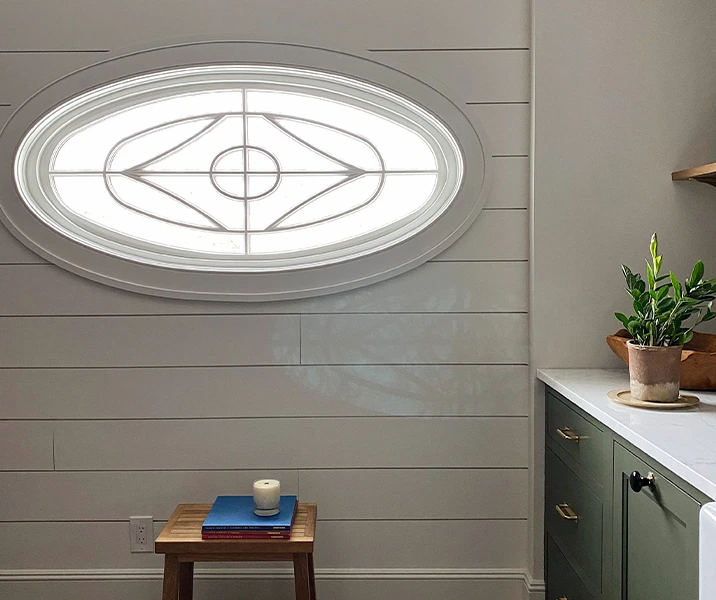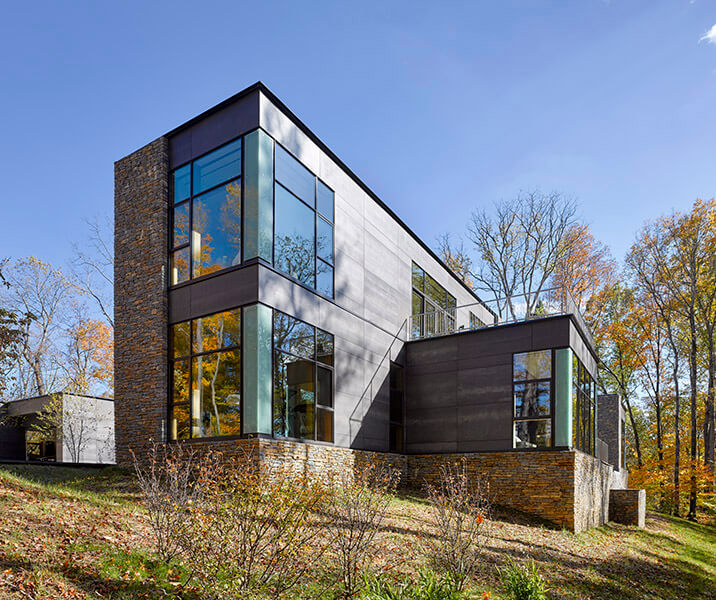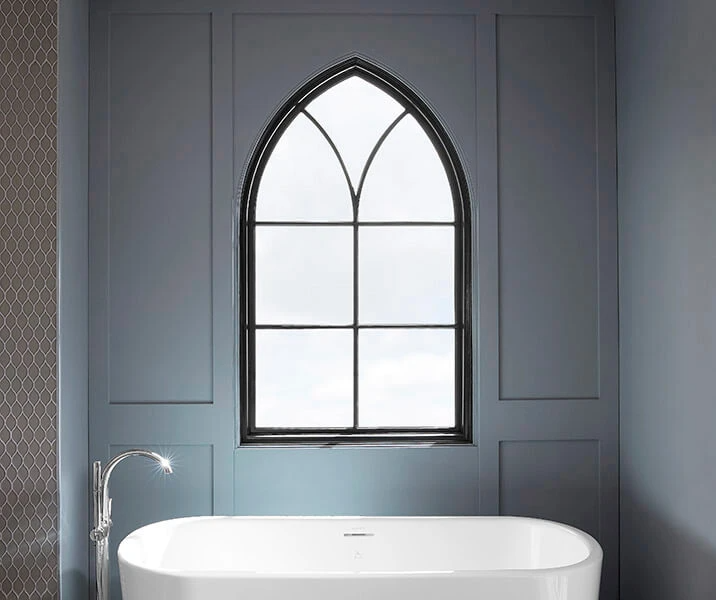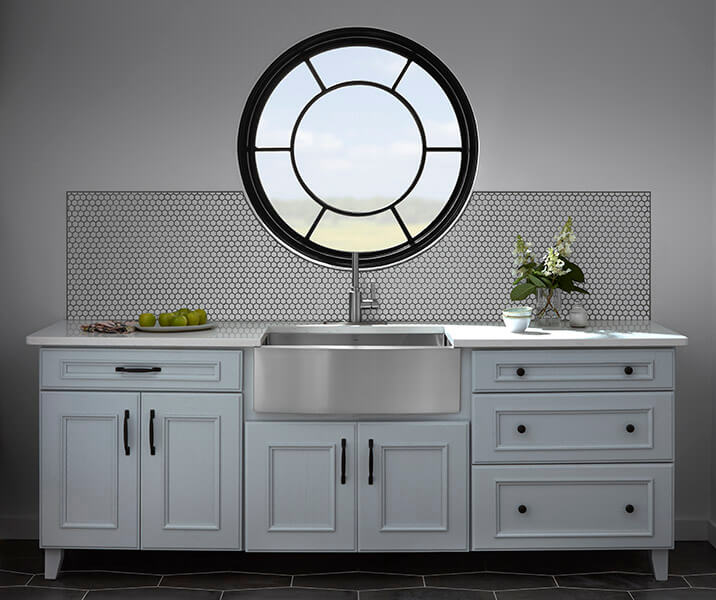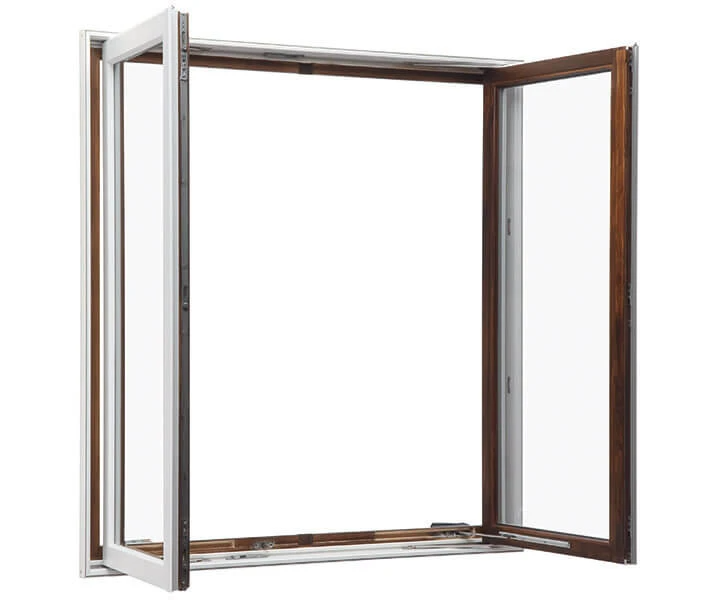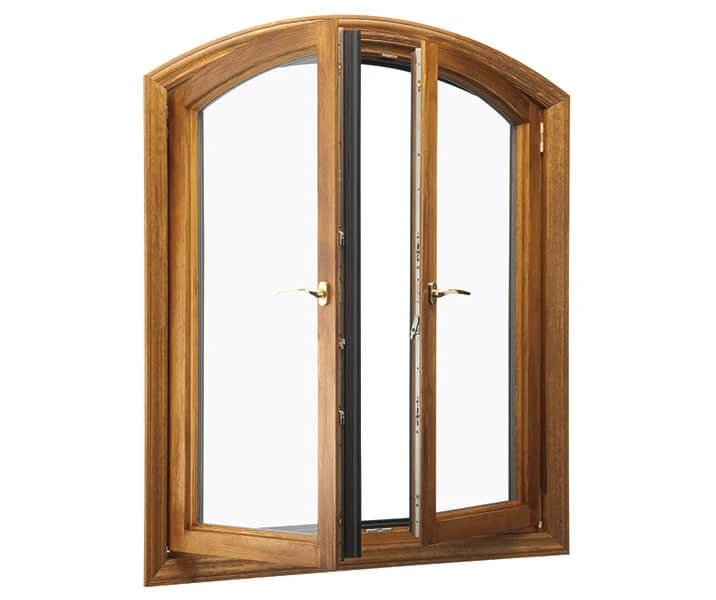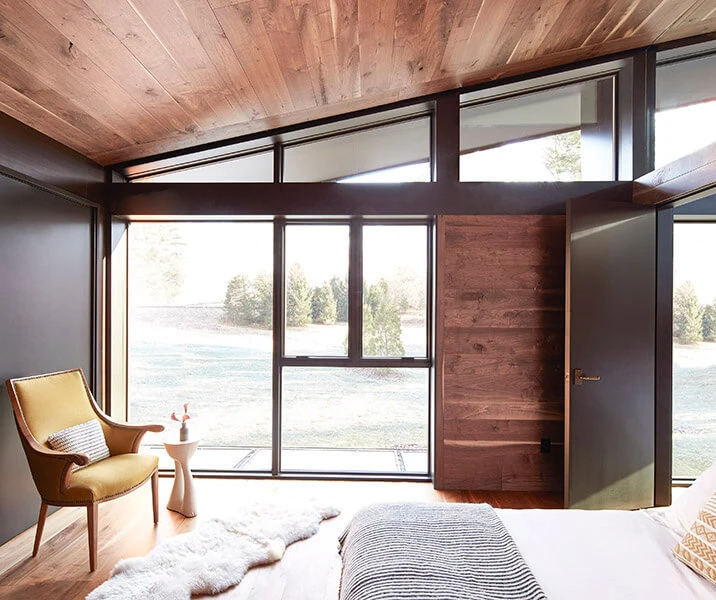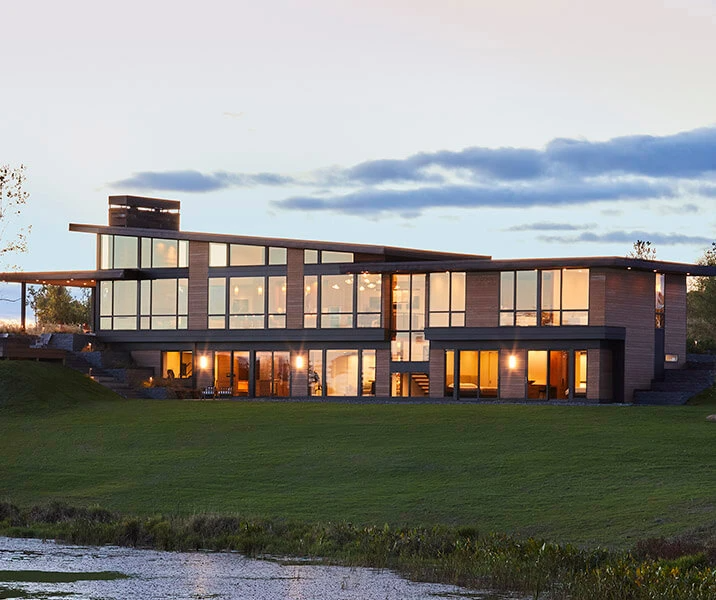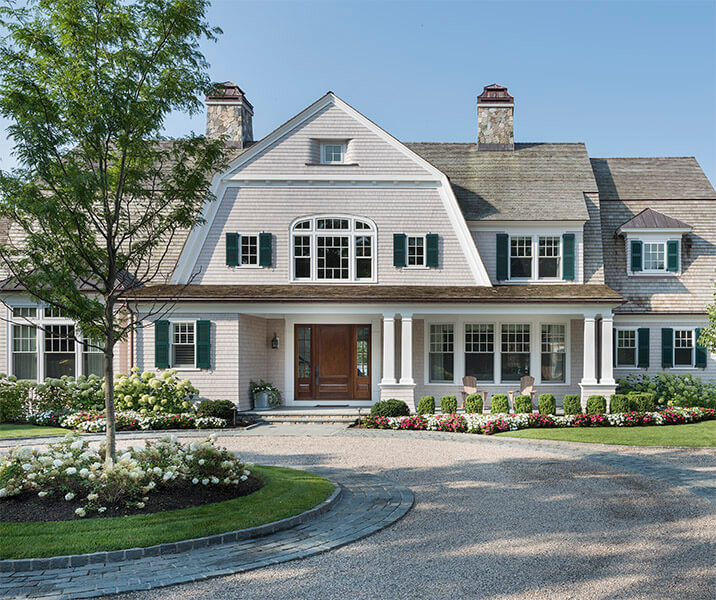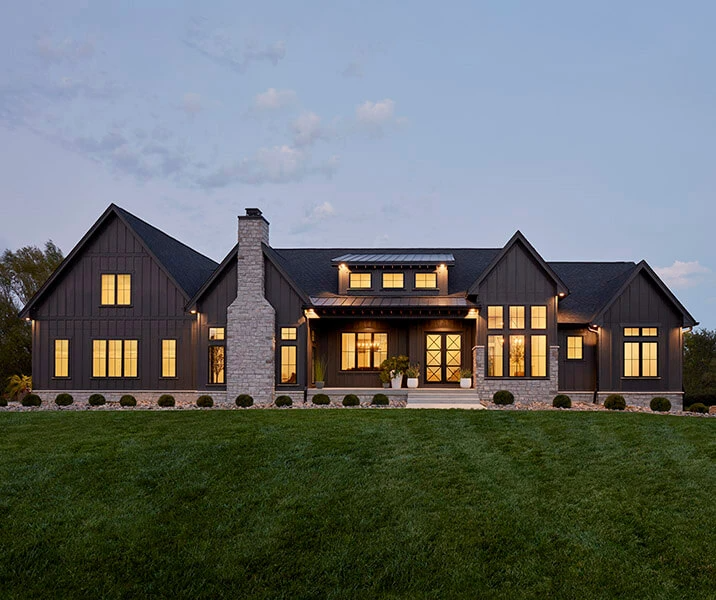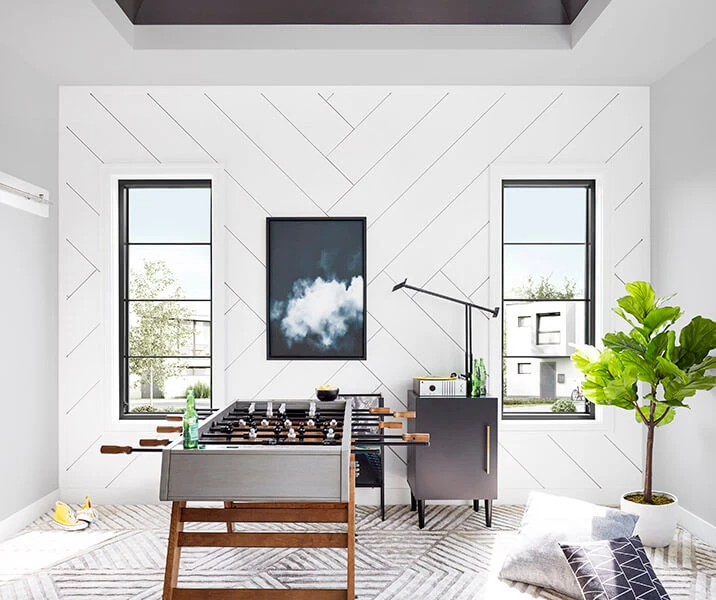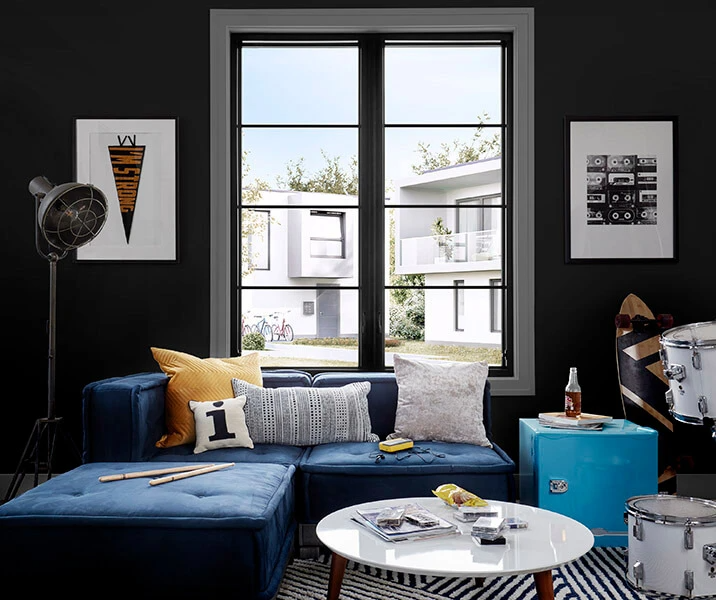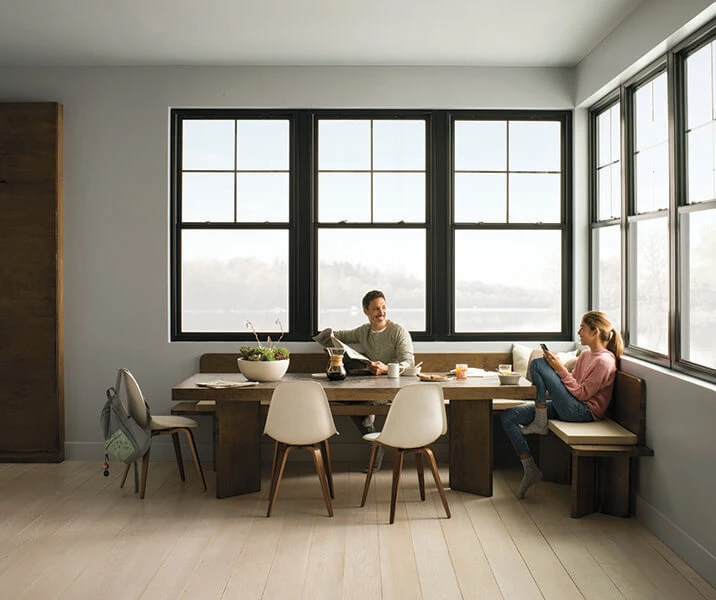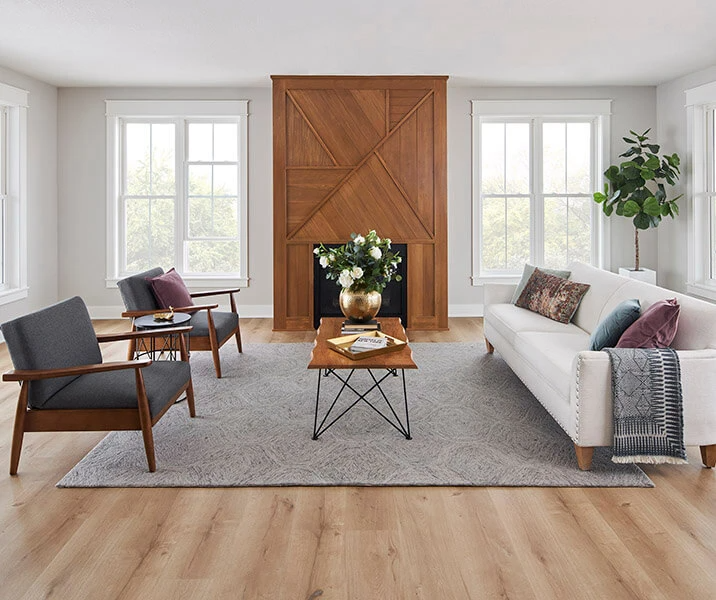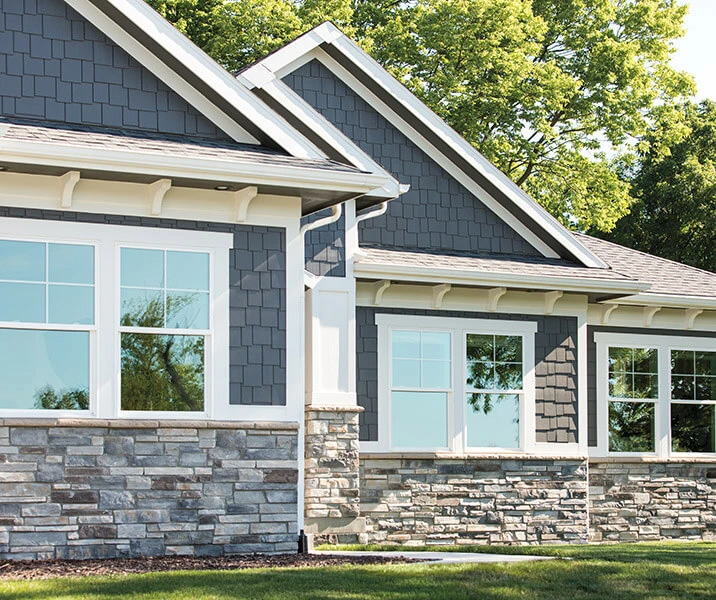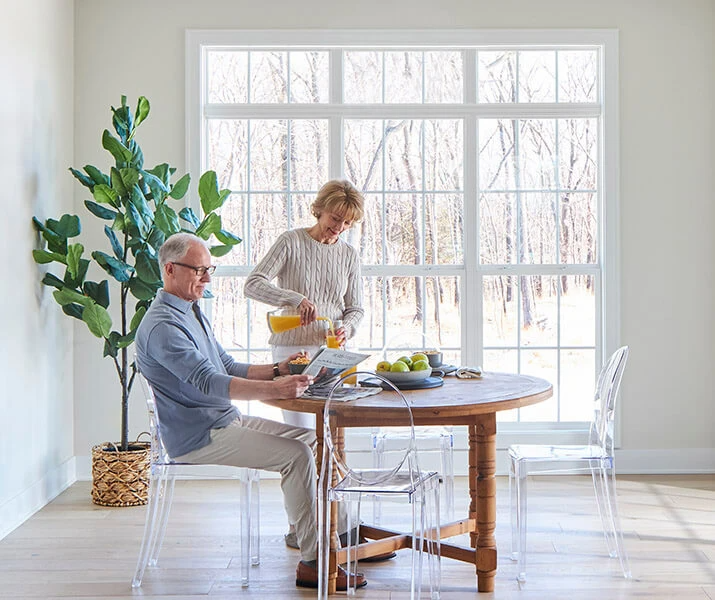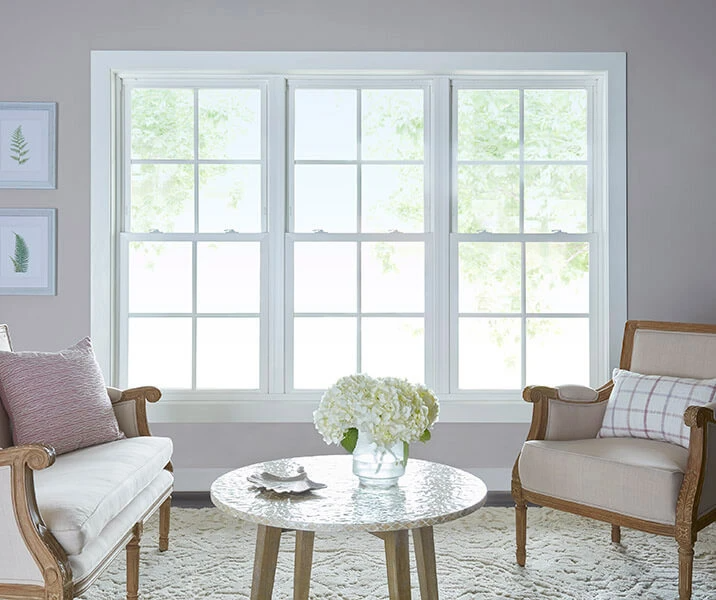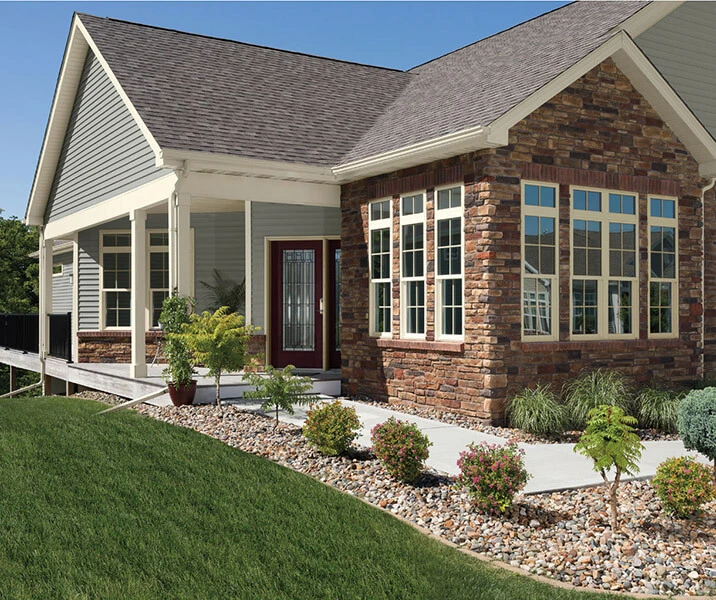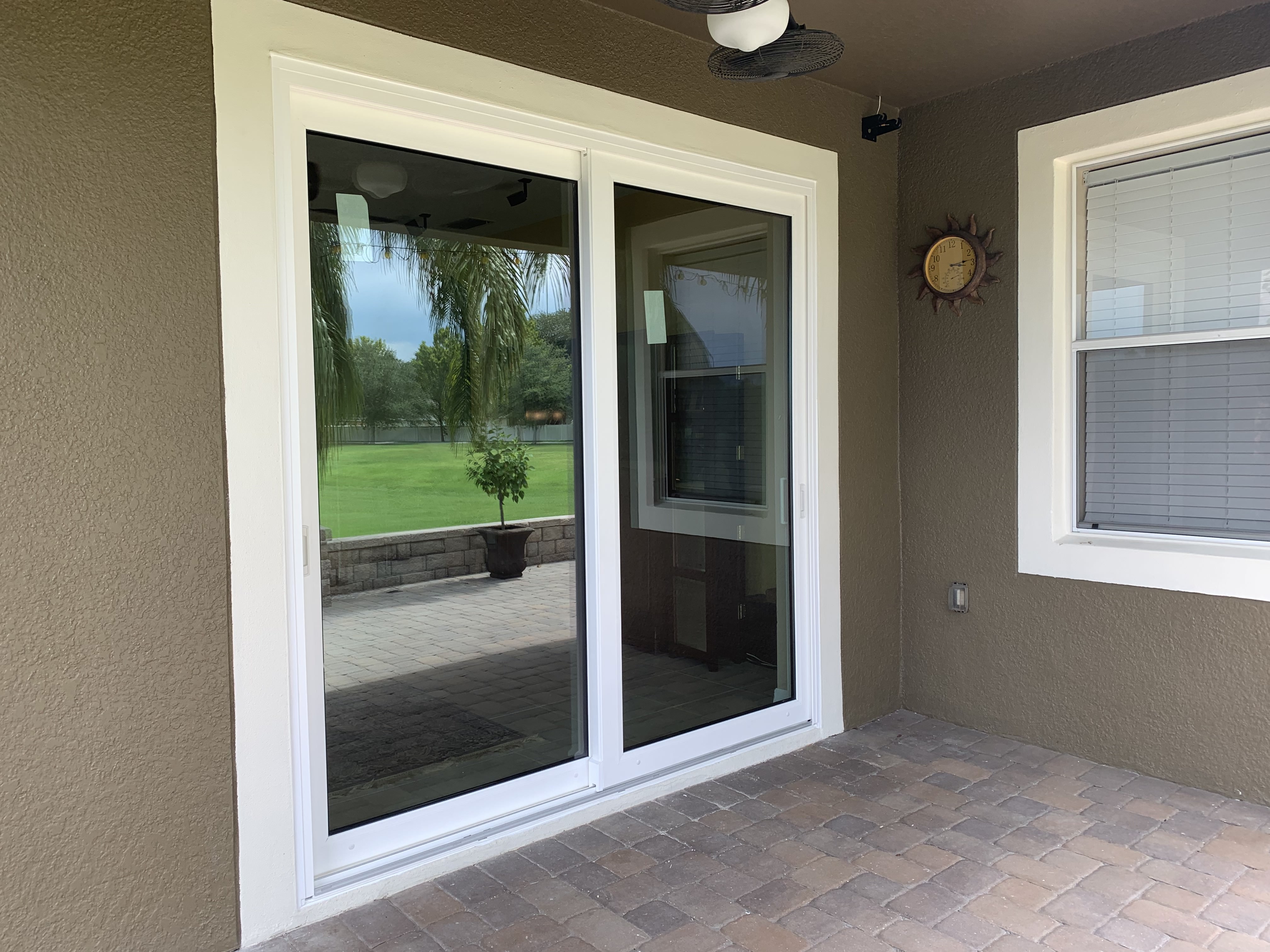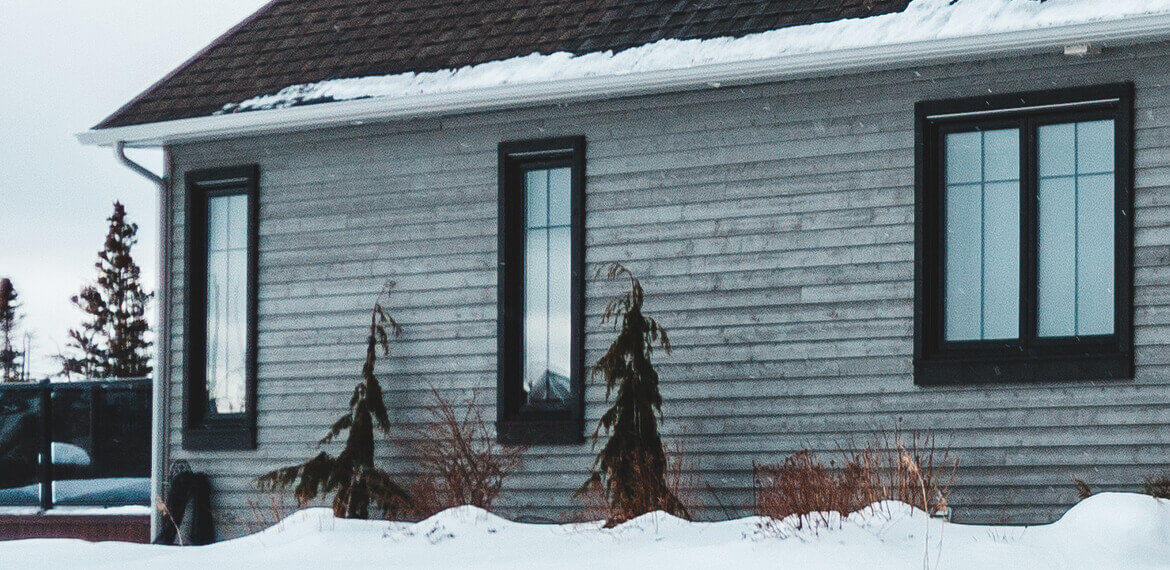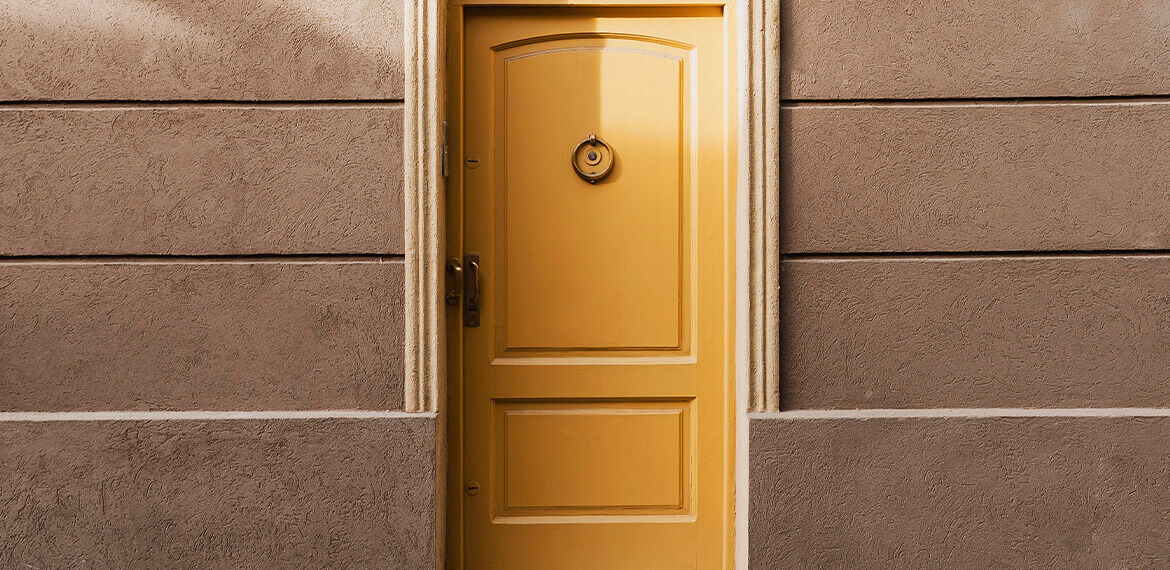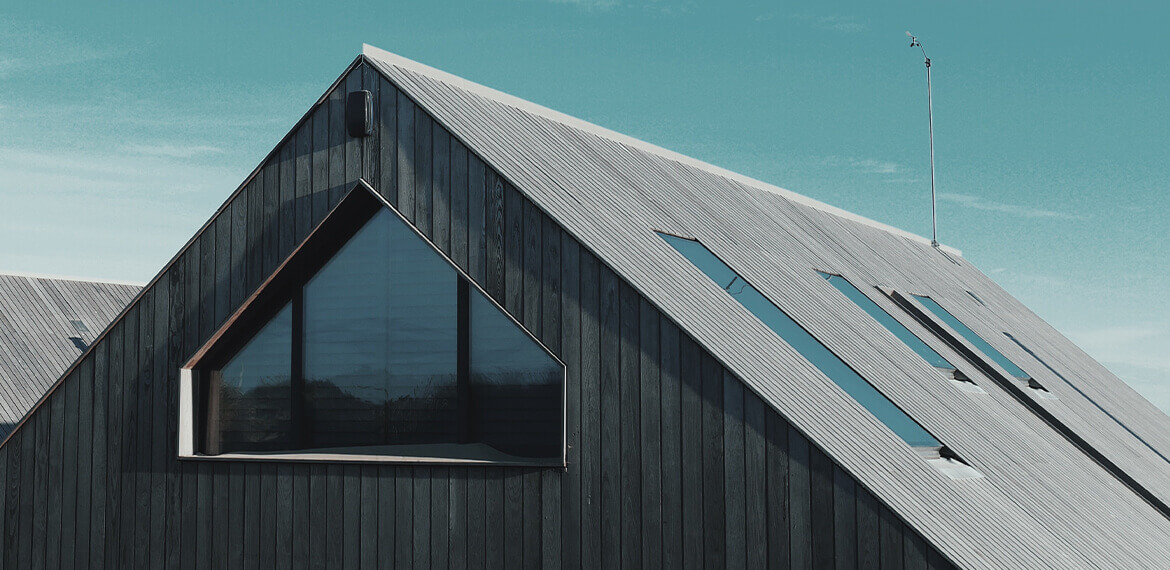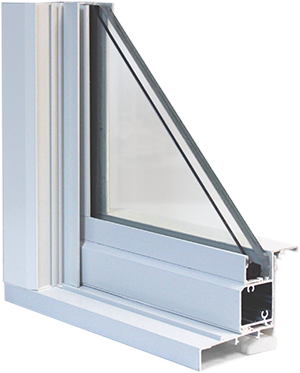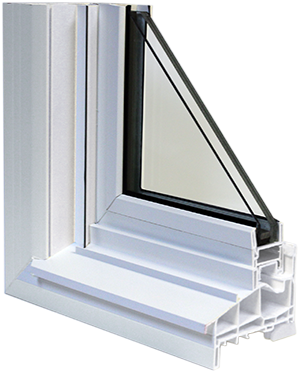Window Type

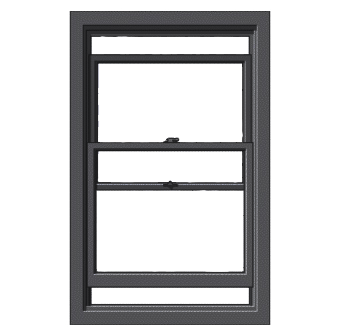
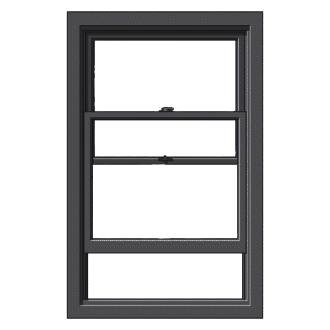

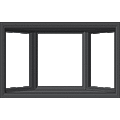
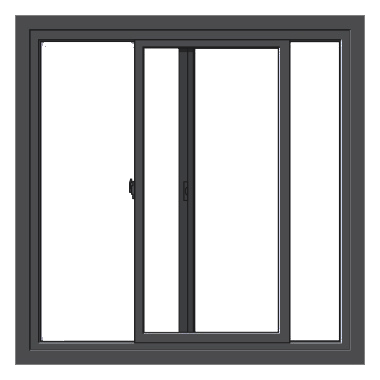


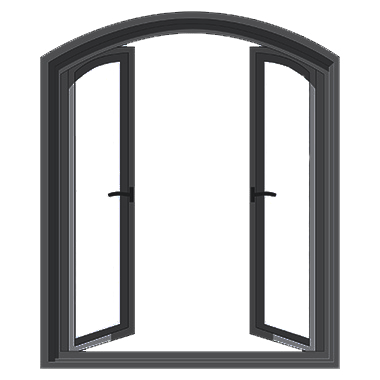
Frequently Asked Questions
-
What is a left vs. right venting casement window?
Viewing from outside the home, a left-venting casement window has hinges on the left side. From inside the home, hinges are on the right side. Viewing from outside the home, a right-venting casement window has hinges on the right side. From inside the home, hinges are on the left side.
-
Where is a casement window used?
Because casement windows are easy to operate with one hand, they are commonly used in hard-to-reach areas like over a kitchen sink or bathtub. Casement windows are also popular in bedrooms, living rooms and home offices.
-
What is the difference between casement and awning windows?
The difference between casement and awning windows is the placement of the hinged side. Casement windows are hinged at either the left or right side. Awning windows are hinged at the top. Both casement and awning windows swing outward to open and close with a crank that folds away when not in use.
-
What are the advantages of casement windows?
Easily opening and closing with a crank that folds away when not in use, casement windows are a great option for hard-to-reach spaces, like over the kitchen sink. They offer refreshing ventilation that is easy to control and direct in your home. Casement windows are also available with Pella exclusive hardware designs such as the Easy-Slide Operator which allows you to open and close your window with the same simple motion as dimming the lights with a dimmer switch.
-
Do casement windows have screens?
Yes, casement windows can be ordered with screens on the inside where they're protected from the elements.
-
How do casement windows open?
Casement windows are hinged on either the left or right side, swinging open and close with Pella's patent-pending Easy-Slide Operator or an easy-to-use crank that folds away when not in use.
Frequently Asked Questions
-
How do I clean a double-hung window?
When cleaning double-hung windows, tilting the sashes in makes it easy to clean exterior surfaces from the interior of your home. Clean the top sash first, starting with the exterior and followed by the interior, and then repeat the same process on the lower sash. Watch this step-by-step video to learn more about window washing for easy-clean double-hung windows.
-
How do double-hung windows open?
Double-hung windows have two sashes that slide up and down independent of one another. They can be raised from the bottom or lowered from the top with sashes that tilt in for easy cleaning.
-
What are sash windows?
The sash is the moveable part of a window made up of the vertical and horizontal frame that holds the glass. Single-hung windows are also known as single-sash windows, while double-hung windows are commonly referred to as double-sash windows. Learn more about the differences between single-hung and double-hung windows.
-
What is the difference between single-hung and double-hung windows?
The difference between single-hung and double-hung windows is the number of sashes that move. A single-hung window has one fixed, or non-operable, sash and one operable, or moveable, sash. A double-hung window has two operable, or moveable, sashes.
Frequently Asked Questions
-
Are double-hung windows more efficient than single-hung windows?
Single-hung windows are typically more energy efficient than double-hung windows because one of the sashes is sealed and stationary.
-
How do I clean a single-hung window from the inside?
On select product lines, the bottom sash of single-hung windows tilts in, making it easy to clean both the interior and exterior surfaces from inside the home. Since the top sash is stationary, the exterior surface of the upper half will need to be cleaned from outside the home. View step-by-step cleaning instructions in this video.
-
How do single-hung windows open?
Single-hung windows have a fixed sash on top with a bottom sash that slides up and down to open and close the window.
-
Why should I use single-hung windows?
Because only one sash is moveable on a single-hung windows, they are great for homeowners who are looking for potential cost savings replacing multiple windows and for replacement on the first floor of a home. Single-hung windows can be slightly more efficient than double-hung windows, as there are fewer moving parts which reduces the opportunity for air infiltration. To learn more about what makes single-hung windows unique, check out this article.
-
What are sash windows?
The sash is the moveable part of a window made up of the vertical and horizontal frame that holds the glass. Single-hung windows are also known as single-sash windows, while double-hung windows are commonly referred to as double-sash windows. Learn more about the differences between single-hung and double-hung windows.
-
What is the difference between single-hung and double-hung windows?
The difference between single-hung and double-hung windows is the number of sashes that move. A single-hung window has one fixed, or non-operable, sash and one operable, or moveable, sash. A double-hung window has two operable, or moveable, sashes.
Frequently Asked Questions
-
When should you use awning windows?
Awning windows are commonly found in bathrooms, living rooms or anywhere else where extra ventilation and light are required. Because of the top-hinged design, awning windows can still be opened in the rain.
-
How do awning windows open?
Awning windows are hinged at the top and swing out from the bottom with the simple crank of a handle or with the Easy-Slide Operator hardware.
-
Are awning windows secure?
Awning windows are very secure. They can only be opened with a crank on the inside and the common placement high on the wall further increases security.
-
What is the difference between casement and awning windows?
The difference between casement and awning windows is the placement of the hinged side. Casement windows are hinged at either the left or right side. Awning windows are hinged at the top. Both casement and awning windows swing outward to open and close with a crank that folds away when not in use.
Frequently Asked Questions
-
What is the difference between a bay and bow window?
The main difference between bay and bow windows lies in the number of windows each has. Bay windows consist of three windows, typically two angled operable windows with one fixed inoperable picture window between. Bow windows are comprised of four or more windows of the same size and shape to create a more subtle curve than a bay window. To explore more of the differences between bay and bow windows, check out this article.
Frequently Asked Questions
-
What is a left vs. right venting sliding window?
Viewing from outside the home, a right-venting sliding window means it will slide open from left to right, and a left-venting sliding window means it will slide open from right to left.
-
Are sliding windows energy efficient?
Yes, most sliding windows are energy efficient. Energy efficiency is dependent on a number of factors including the material of the window, the type of glass and the number of moving parts.
-
Are sliding windows efficient?
Yes, sliding windows, available in fiberglass and vinyl, offer enhanced energy efficiency. These designs have an interlocking system where the sashes come together to create a tight air seal.
-
How do sliding windows open?
Sliding windows glide sideways on a track from either the left or the right side. One operable sash overlaps the other stationary sash when opened.
Frequently Asked Questions
-
Can picture windows be opened?
No, picture windows have fixed frames and do not operate.
-
What is the most efficient window?
Picture windows are extremely energy efficient given that they do not open and close. Also highly efficient are windows with dual- and triple-pane glass as they improve insulating properties and help reduce thermal transfer.
-
When should you use a picture window?
Picture windows do not operate, so they are common in areas that are out of reach. They add natural light and increase curb appeal in places where you don't need the window to ventilate, such as tall foyers and stairways.
Materials



Our Projects Gallery
Browse through our collection of stunning images to get inspired for your next home improvement project. From modern to traditional, our windows and doors will not only enhance the aesthetic appeal of your home but also provide energy efficiency and security. Let our gallery inspire you to choose the perfect windows and doors for your home!
Before & After

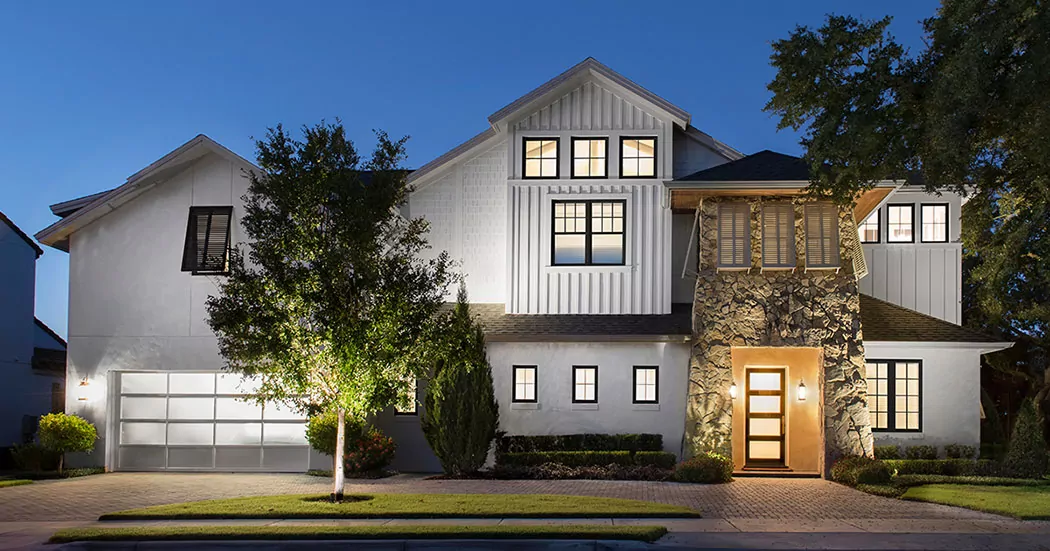
Get a Free Quote with an Ivision Expert for Window and Door Replacement.
Get to know us better! Contact us today to schedule a consultation and see how we can help you improve your home.
Get A QuoteContact Us
For more information or if you have any questions, please do not hesitate to contact us
Email: info@ivisionwd.com

